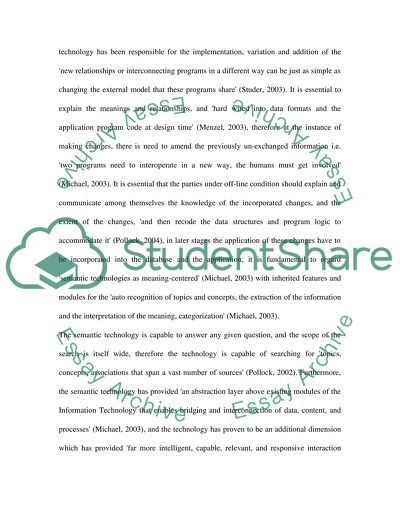Cite this document
(“Semantic Connectivity Essay Example | Topics and Well Written Essays - 1500 words”, n.d.)
Retrieved from https://studentshare.org/technology/1532302-semantic-connectivity
Retrieved from https://studentshare.org/technology/1532302-semantic-connectivity
(Semantic Connectivity Essay Example | Topics and Well Written Essays - 1500 Words)
https://studentshare.org/technology/1532302-semantic-connectivity.
https://studentshare.org/technology/1532302-semantic-connectivity.
“Semantic Connectivity Essay Example | Topics and Well Written Essays - 1500 Words”, n.d. https://studentshare.org/technology/1532302-semantic-connectivity.


